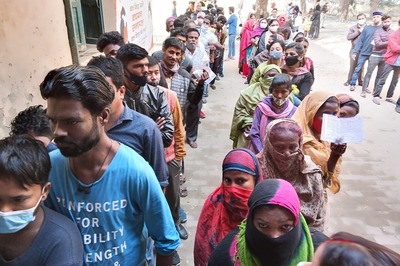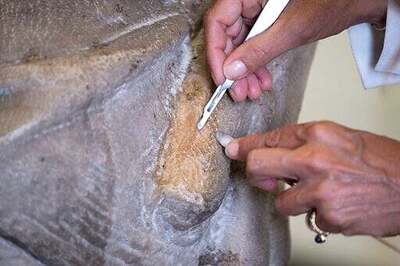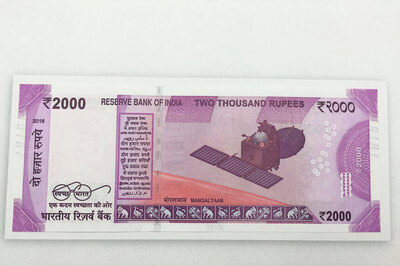
views
New Delhi: Days after NASA raised concerns over the presence of 400 pieces of orbital debris in the space, DRDO chief Satheesh Reddy rejected the claims in a detailed press conference and said the debris will decay in 45 days.
The DRDO chief said that stimulation studies show that within 45 days, all debris of the Indian ASAT Test will decay. The risk analysis simulation based on an internationally accepted software also showed that there was no threat of the debris hitting the International Space Station, he added.
NASA had called India's move to destroy a low orbit satellite as a 'terrible thing' as over 400 pieces of orbital debris have been created and are dangerous for the astronauts in the International Space Station.
Earlier, National Aeronautics and Space Administration (Nasa) chief Jim Bridenstine was addressing staff five days after India shot down a low-orbiting satellite in a test to prove it was among the world’s advanced space powers, AFP reported.
Not all of the pieces were big enough to track, Bridenstine said. “What we are tracking right now, objects big enough to track — we’re talking about 10 centimetres [six inches] or bigger — about 60 pieces have been tracked,” the agency quoted him as saying.
Responding to Bridenstine's observations, Reddy said when India conducted the test, the space station was over French Guyana. Reddy said India chose a much lower orbit of less than 300 km during Mission Shakti for "capability demonstration" and to avoid threat of debris to global space assets.
Sources said that that NASA has written to the government, conveying its worries on the A-SAT test. But added that "all cooperation programs with India, including the planned manned mission, will continue as planned".
On Chidambaram's statement on Mission Shakti, Reddy said that the mission of this nature can’t be kept secret. "The satellite is tracked by many stations across the world. All necessary permissions were taken," he said.
"We don’t need any more tests in this orbit now. If a space command needs to be formulated, it is the decision of the government. A-SAT test was deliberately done at below 300 km to ensure debris decays fast. The US has also done such a test," Reddy added.
Deputy national security advisor Pankaj Saran said that NASA is continuing its cooperation with India, including in the manned mission to space.
The anti-satellite missile strike was announced by Prime Minister Narendra Modi on live television on March 27.




















Comments
0 comment